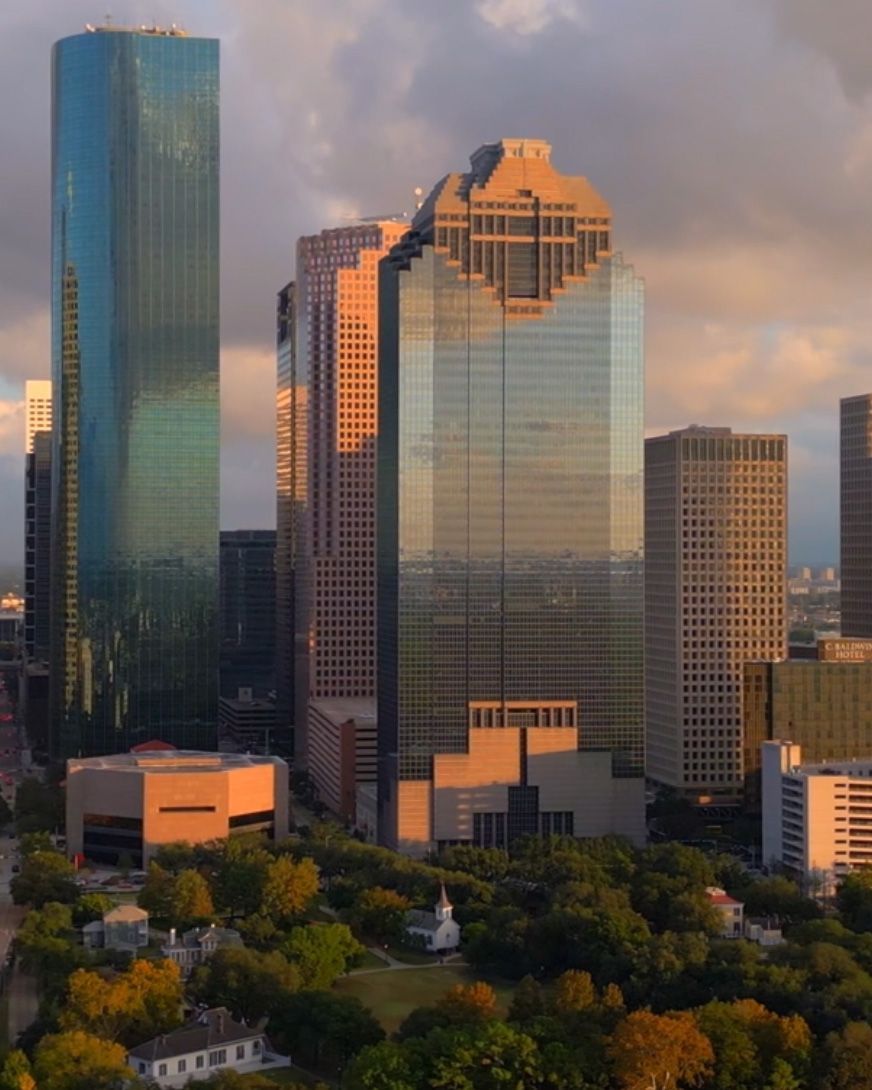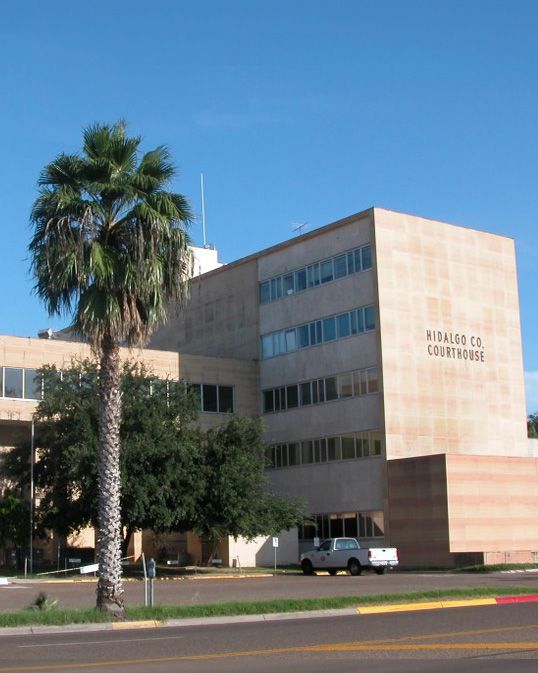Who Is at Fault for a Yellow Light Accident in TX?
LAW BLOG •
Car accidents are one of the main causes of serious injuries and deaths in Texas. In a single year, the car accident death toll in Texas was 3,726, according to the Department of Transportation. Over 250,000 others were injured in motor vehicle accidents the same year. Many of these accidents occurred at intersections during red and yellow lights.
What Are the Rules at a Yellow Light?
Every state has traffic laws in place that specifically explain what should happen at an intersection during a yellow stoplight. Texas’ traffic control signal law is Transportation Code 544.007. This law states that an operator of a vehicle facing a steady yellow signal must take it to mean that a red signal is impending and a green signal is ending. When facing a steady red signal, the driver must stop at the marked stop line or before entering the closest crosswalk.
A yellow light signals the change from green to red. While drivers may legally pass through intersections with steady circular green signals, they must come to complete stops at red signals. The yellow light is the intermediary between the two colors, warning drivers that the green light is ending and the red is coming. Its purpose is to provide time for drivers to stop before the light turns red.
Flashing yellow signals have different requirements for motor vehicle operators. According to Texas Transportation Code 544.008 , operators facing flashing yellow signals have the right to proceed through the intersection with caution. A flashing yellow signal tells drivers to reduce their speeds. It does not portend a coming red light or follow a green light. It remains a flashing yellow light to warn drivers to slow down and watch for cross traffic at these intersections. Speeding through a flashing yellow light could be a sign of driver negligence.
Did Another Driver Cause Your Intersection Accident?
Liability for a car accident under Texas’ tort-based insurance system will go to the driver at fault for causing the collision. After a crash in an intersection in Texas, you or your Houston car accident lawyer will need to figure out which driver is legally at fault. At a yellow light, the driver at fault will typically be the one who ran the red light. If the light is yellow for one driver, it is still red for others at the intersection. If you were passing through a yellow light when someone crashed into you, that person might have run a red light. The driver may have also failed to yield to you while making a left- or right-hand turn.
You still have the right-of-way to proceed across an intersection at a yellow light. Although by law you must slow down and prepare to stop at a yellow light, it is not the same as a red light. If the light was still yellow when your vehicle entered the intersection, you had the right-of-way. Another driver who crashed into you was either misjudging your speed and cutting you off when making a turn or running a red light. Either way, that driver would be at fault for your injuries and damages.
You may have a case against a driver who sped up during a yellow light if that driver was behaving recklessly in doing so. If another driver increased his or her speed to beat a yellow light but ended up running a red light, he or she could be at fault for crashing into you in the intersection. A possible exception is if the traffic control signal was malfunctioning or broken at the time of the car accident. If a broken traffic light caused your wreck, the city or state government could bear liability for the car accident through the negligent failure to maintain a safe roadway.
The rules at a yellow light can be unclear, making it difficult to understand liability for an accident. If you get into a yellow light accident in Texas, you may need a car accident lawyer to help you bring a damage claim against the correct party.
The post Who Is at Fault for a Yellow Light Accident in TX? appeared first on GES Injury Attorneys.
Every state limits the amount of time you have to file a claim.
Don't Delay.
Contact the Attorneys at Gordon & Elias, LLP Today to preserve your right to a recovery.
Contact Us
We will get back to you as soon as possible.
Please try again later.
100% FREE CASE EVALUATION
Free Consultation • No Fee If No Recovery



